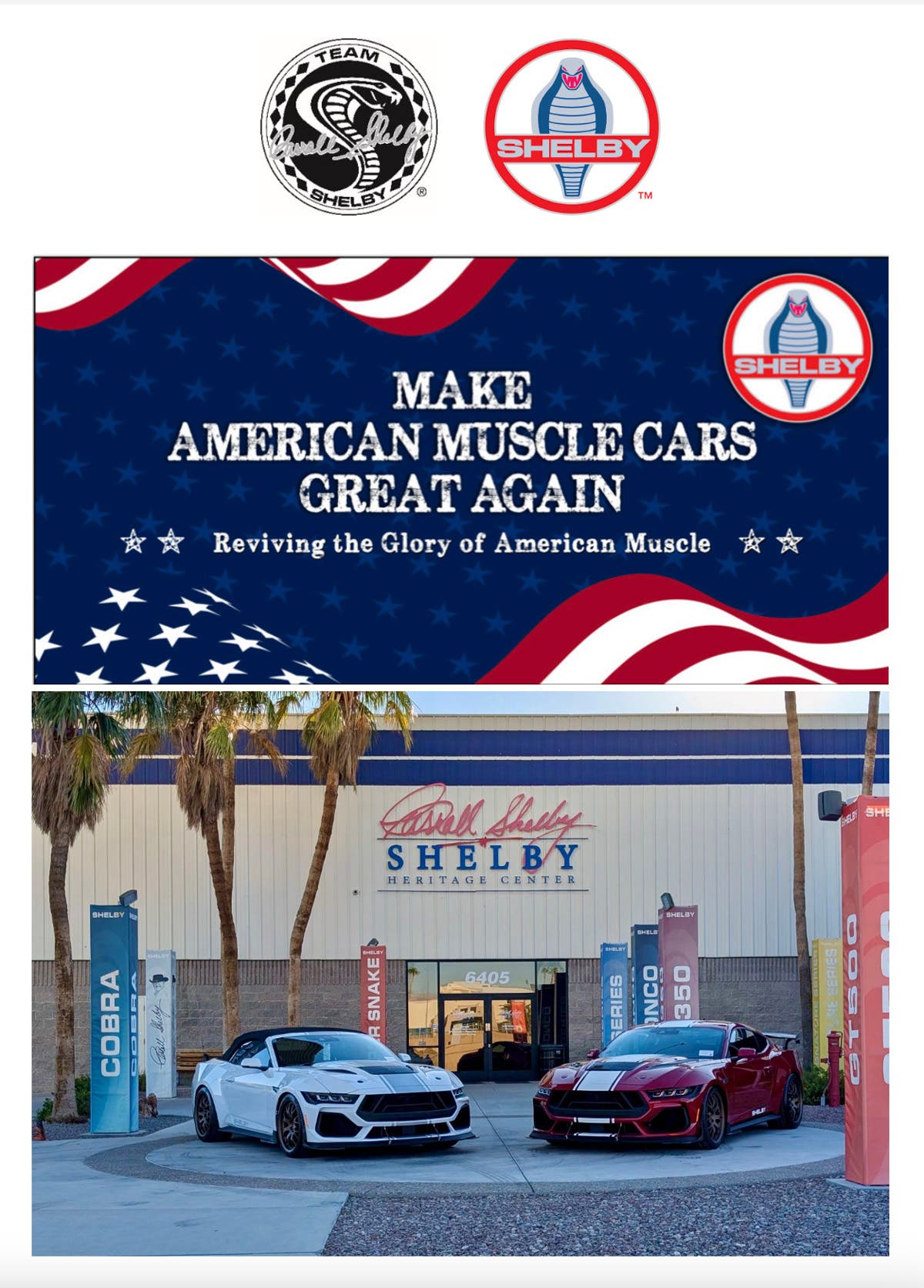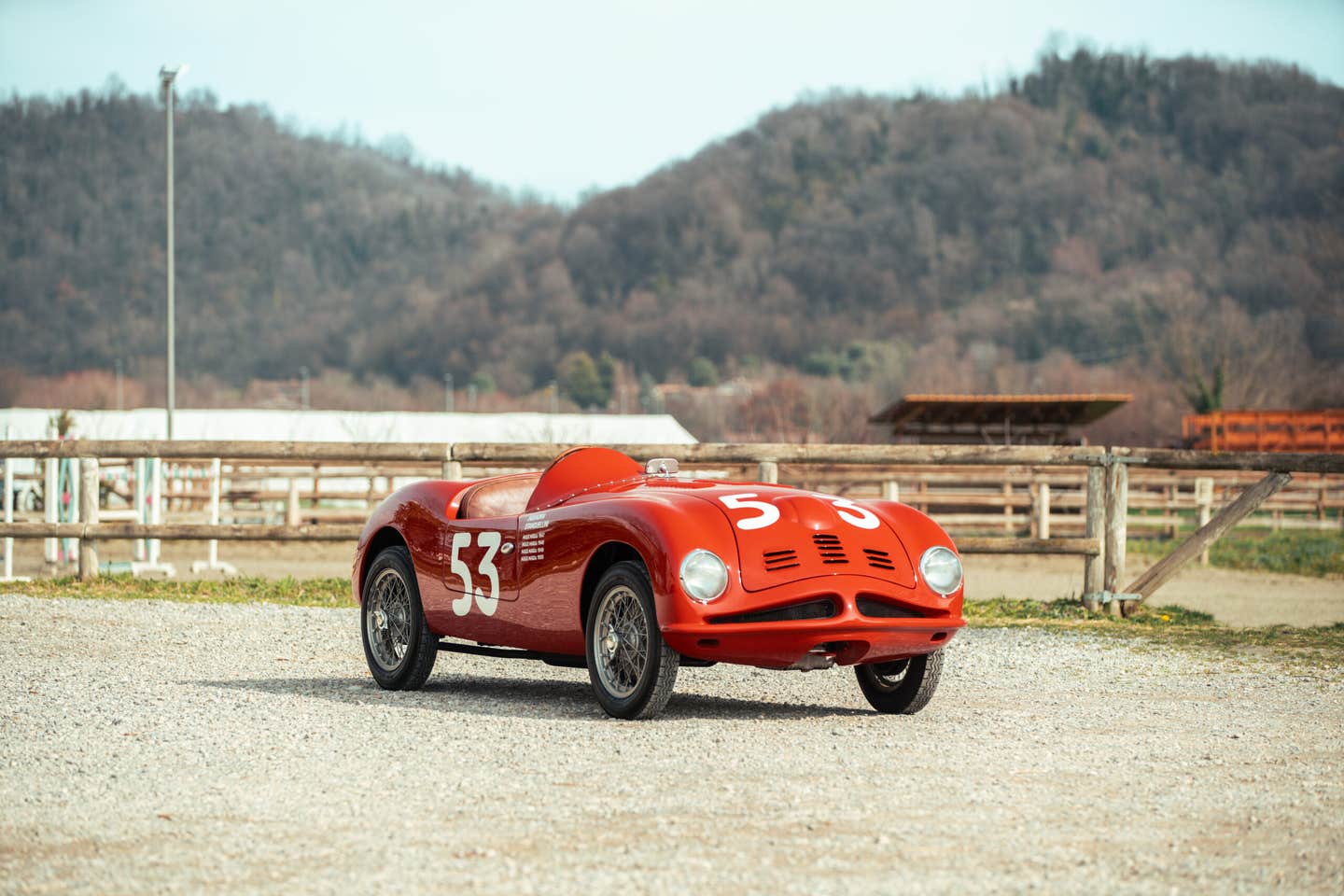Q&A: February 21, 2019 Edition
Q.I have owned a 1942 Dodge Deluxe four-door sedan since 1965. While it is a World War II vehicle, it is not a “blackout” model. Production of the 1942 cars…
Q.I have owned a 1942 Dodge Deluxe four-door sedan since 1965. While it is a World War II vehicle, it is not a “blackout” model. Production of the 1942 cars started in September 1941. Over the years, I have owned other MoPar blackout cars. I still also own several spare blackout trim NOS replacement items.
If a 1942 blackout car was painted a dark color, the grilles, moldings, trim, etc. were painted a light color. The opposite was true if the car was painted a light color, dark colored trim, etc. was used. The U.S. government passed a law requiring this starting in Nov. 1941, before the Pearl Harbor attack in December. This was because chrome, nickel and stainless steel were needed for national security production reasons. After Pearl Harbor, this added to the mandate.
As Laurence Thomas mentioned in the Jan. 10 Q&A, the car manufacturers started to make un-chromed and steel/die-cast items to replace bright trim, etc. Yes, they still had some chromed and stainless steel items in stock that were painted and used with the other painted non-bright metal items. I have samples of these. Interestingly, MoPar interior bright items were painted with silver/bronze-colored paint and some plastics were used as replacements for handles, dash trim, door sill trim, etc. I also have samples of these.
Generally, though, front and rear car bumpers were chromed. By December 1941 and January 1942, Hollywood stars started removing new car bumpers from their cars, replacing them with home-made wood bumpers, to support the metal scrap drives.As a result, people throughout the USA started doing the same. By the last week of January or first week of February 1942, all car production stopped. So, 1942 cars were only built from Sept. 1941 to Feb. 1942, with blackout cars only built in Dec. 1941 and Jan. 1942 (only a few in Feb.). After that, you had to get special written government permission to buy any car or truck. No cars were built in most of 1942 and all of 1943, 1944 or 1945. Also, car production figures for 1946 were low.
Over the years, I have heard sellers say that 1942 parts are rare and should sell for higher prices. However, an abundance of parts — made from Sept. thru Dec. 1941 — exists for the smaller number of 1942 cars produced. Yet, some chrome grille replacement parts became impossible to get and machine wood parts were made to be painted. I had heard about this for years, but never saw any of the wood grille parts.
That was until one day at Hershey when I bought a 1941 Chrysler central grille wood machined part that was an exact replacement part. It was in its original MoPar parts box, shipped from Chrysler Corp. in Los Angeles to LaSalle Auto Body Company in LaSalle, Ill. For some reason, it was not used and I still have it.
Another odd part I have is a chromed steel molding that was originally made of stainless steel. I suspect it was a steel painted molding that someone chrome plated after WWII to match stainless steel moldings on a car.
— Harold Mermel, Morganville, N.J.
A. Thanks for sharing your experience with blackout cars and parts. This topic continues to draw interest and comment. According to the well-researched article from Automotive History Review that I cited earlier, the regulations on automobile content and trim followed not a specific law, but were issued from the Office of Price Administration and Civilian Supply (OPA). The OPA was one of the agencies created after President Roosevelt declared a state of national emergency back in May 1941. He summoned GM President William S. Knudsen to Washington to chair the National Defense Commission.
As you say, most 1942 cars were built no later than January that year; Pontiac and Ford were the last to halt their assembly lines, on Feb. 10. Rationing of new cars had already begun on Jan. 1. There were 14 occupational categories eligible to buy them, from physicians and visiting nurses (highest priority), to newspaper carriers (lowest).
Production of 1946 model cars began in mid-1945. Ford had started manufacturing civilian trucks in April 1944, and was the first automaker to re-start passenger car production, on July 3, 1945. By December, all but Studebaker, Willys and Crosley had lines running. All told, there were slightly more than 2 million built, industry wide, for the model year, which extended to November for some makes, but ended much earlier from some.
I know what you mean about availability and price of 1942 parts. Years ago I stumbled across a 1942 Buick shop manual in a book shop. I thought I had a rare find that might yield a good profit. It took me 15 years of carting it around to swap meets to unload it, for little more than I had paid. There were probably more shop manuals printed than 1942 Buicks to use them on. The same goes for Tucker radios, by the way.
To submit questions to this column: E-mail oldcars@krause.com or mail to: Q&A, Old Cars Weekly,5225 Joerns Drive, Suite 2, Stevens Point, WI 54481.







